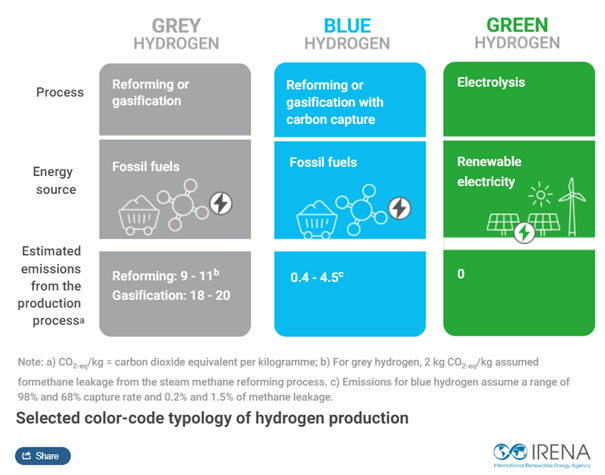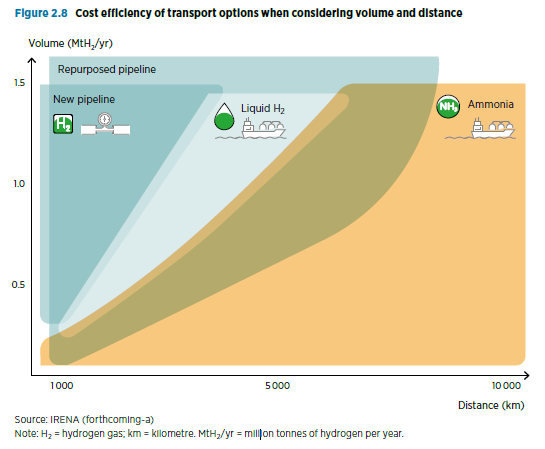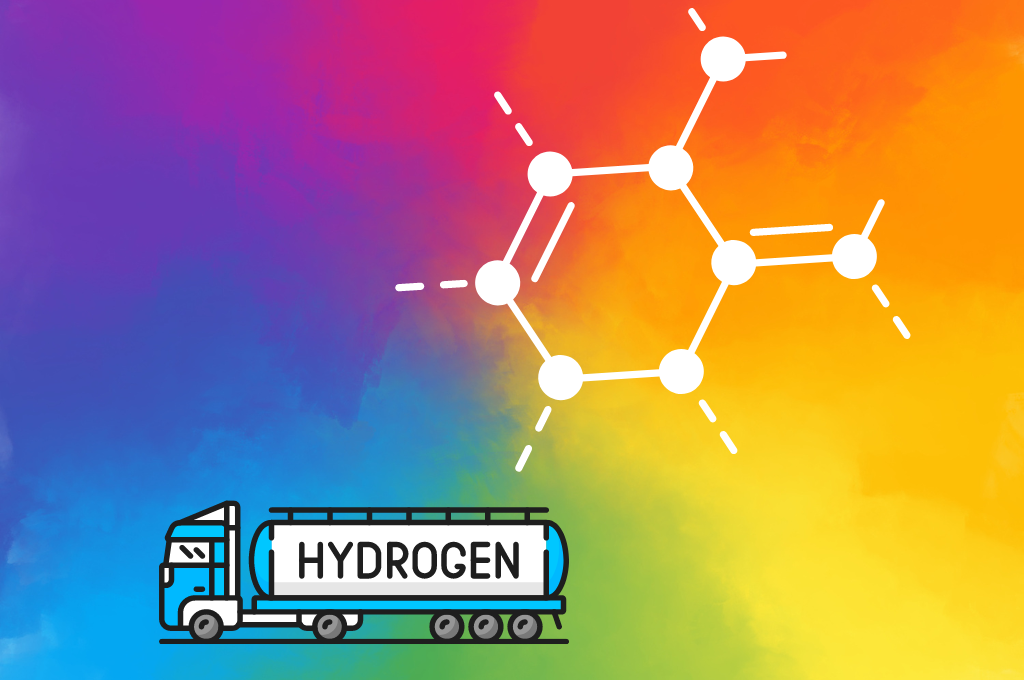The challenges to contain the effects of global warming that stand before humanity today have unexpectedly gained a new aspect. As the events of the last year have shown, political and business relations are a very sensitive and fragile foundation for building energy security. Geopolitical alliances do not provide lasting stability, and opposing blackmail comes at a price, which is what we are unfortunately experiencing. It has become necessary to build systems based on independent, distributed energy sources that will ensure energy independence.
The answer to these challenges may be hydrogen, which is a fuel that can be produced in many different places, produced from non-renewable raw materials (fossil fuels) as well as renewable ones (water electrolysis), and – unlike oil or natural gas – is resistant to geopolitical influences.
Interestingly, hydrogen production technologies are coded with colors. Although grey is a fashionable color in interior design, grey hydrogen is unfortunately the least environmentally friendly fuel among the new energy sources. Grey hydrogen is produced by methane reforming or coal gasification, which are high-emission technologies that use non-renewable energy resources.
A more friendly color is blue hydrogen. It is still obtained from the non-renewable raw material natural gas, in the process of its steam reforming combined with the capture and storage of carbon dioxide (CCS).
The most desirable color of hydrogen is green hydrogen, i.e. one whose production methods use renewable energy sources, for example, water electrolysis carried out
in electrolyzers powered by RES.
Currently, technologies for the production of dirtier hydrogen are predominant, but the transformation of hydrogen technologies towards green hydrogen is justified not only ecologically, but also geopolitically.
What about IRENA?
According to IRENA [International Renewable Energy Agency], clean hydrogen can meet up to 12% of final energy consumption.
In the future, purple hydrogen, produced with nuclear energy, may be added to the color palette.

A clever way to transport hydrogen
Did you know that the cheapest way to transport hydrogen is by “trapping it” in an ammonia molecule? There are three hydrogen atoms per each nitrogen atom.

Author: Iwona Płodzich-Hennig



